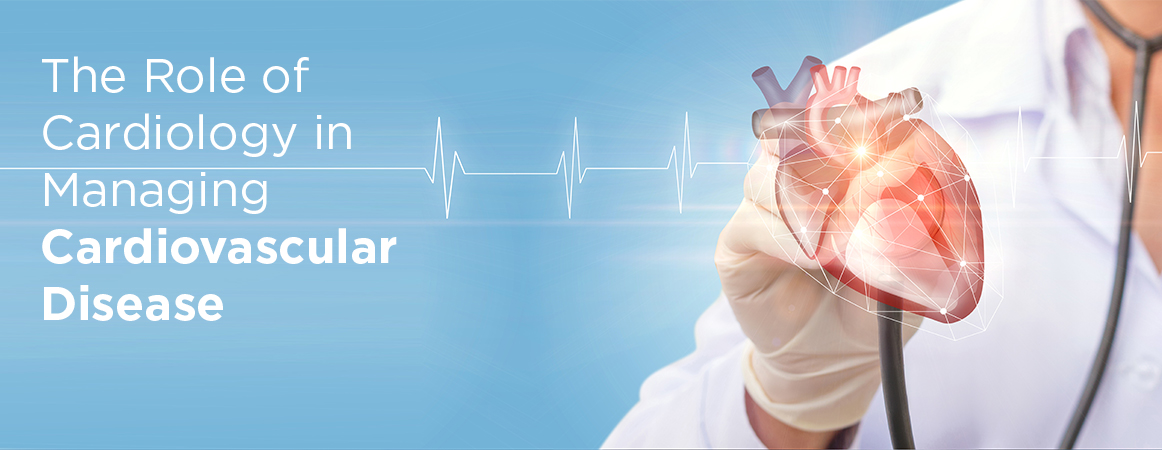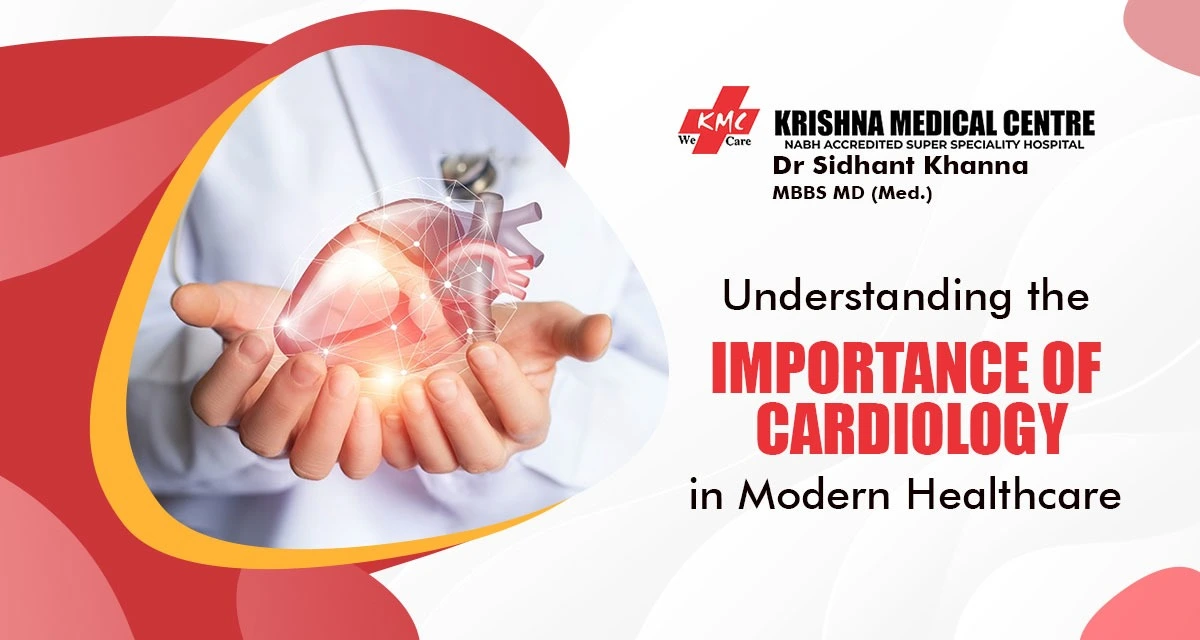The Ultimate Guide To Arogyajivan Medical Tourism For Oncology
The Ultimate Guide To Arogyajivan Medical Tourism For Oncology
Blog Article
Some Known Facts About Arogyajivan Medical Tourism For Oncology.
Table of Contents9 Simple Techniques For Arogyajivan Medical Tourism For OncologyMore About Arogyajivan Medical Tourism For OncologyArogyajivan Medical Tourism For Oncology for BeginnersTop Guidelines Of Arogyajivan Medical Tourism For OncologySome Known Factual Statements About Arogyajivan Medical Tourism For Oncology Things about Arogyajivan Medical Tourism For Oncology
With its emphasis on minimally invasive methods, progressed imaging, and customised medication, interventional cardiology is changing the means we approach heart health. At Atrius Cardiac Care, we are dedicated to supplying our people with the highest quality of care, making certain that they receive the most effective possible results on their course to heart wellness.Heart disease (CVDs) are the leading reason of fatality around the world. An approximated 17.9 million individuals passed away from CVDs in 2019, representing 32% of all global deaths (ArogyaJivan Medical Tourism for Oncology). Of these fatalities, 85% was because of cardiac arrest and stroke. Over three quarters of CVD fatalities happen in low- and middle-income countries.
The most usual factor for this is an accumulation of fatty down payments on the internal walls of the blood vessels that supply the heart or brain. Strokes can be triggered by bleeding from a blood vessel in the brain or from blood embolisms. The most vital behavioural threat variables of heart problem and stroke are undesirable diet regimen, physical lack of exercise, tobacco use and hazardous use alcohol.
Some Known Facts About Arogyajivan Medical Tourism For Oncology.
In enhancement the person might experience trouble in breathing or shortness of breath; queasiness or throwing up; light-headedness or fatigue; an anxiety; and turning light. Women are more probable than men to have shortness of breath, queasiness, vomiting, and back or jaw discomfort. The most common sign of a stroke is abrupt weakness of the face, arm, or leg, most commonly on one side of the body.
Individuals experiencing these symptoms must look for healthcare promptly. Rheumatic cardiovascular disease is brought on by damages to the heart shutoffs and heart muscular tissue from the inflammation and scarring triggered by rheumatic fever. Rheumatic fever is caused by an irregular reaction of the body to infection with streptococcal germs, which usually starts as an aching throat or tonsillitis in children.
What Does Arogyajivan Medical Tourism For Oncology Mean?

People with cardiovascular condition must have access to proper innovation and drug. Fundamental medications that ought to be offered include: aspirin; beta-blockers; angiotensin-converting enzyme preventions; and statins. A severe event such as a cardiovascular disease or stroke need to be promptly managed. Often, surgical operations are called for to deal with CVDs. They include: coronary artery bypass; balloon angioplasty (where a little balloon-like device is threaded via an artery to open the obstruction); valve fixing and replacement; heart transplant; andartificial heart operations.
The Of Arogyajivan Medical Tourism For Oncology
Throughout the past two decades, significant strides have been made in the medical diagnosis and treatment of heart disease. Nuclear cardiology has played a crucial duty in identifying heart disease, assessing condition seriousness, and forecasting outcomes.
When the arteries end up being blocked, the blood flow to the heart muscle mass is impaired and a heart strike can occur. Nuclear cardiology researches use noninvasive strategies to evaluate myocardial blood circulation, assess the pumping feature of the heart as well as visualize the dimension and location of a heart strike.

9 Easy Facts About Arogyajivan Medical Tourism For Oncology Explained
Radionuclide ventriculography is a noninvasive study that offers details about the pumping function of the heart. In patients with coronary artery condition and in those who have had a cardiac arrest, the analysis of the pumping feature of the heart (additionally called the ejection fraction) is vital in the forecast of both long-lasting and temporary survival.
These methods can likewise offer information about the feature of the shutoffs of the heart, the integrity of all the cardiac chambers and can be made use of to monitor the impact of various medications on the heart muscular tissue (in people with cancer cells that are treated with radiation treatment). The analysis of heart feature with radionuclide ventriculography is exact and noninvasive and proceeds to play a crucial role in forecasting end results in individuals with heart disease.
Nuclear cardiology techniques can be made use of to figure out which areas of the heart muscular tissue have been harmed by infection or by a cardiac arrest. These techniques can additionally be utilized to keep track of the standing of the heart muscle mass in the client after cardiac hair transplant. ArogyaJivan Medical Tourism for Oncology. The heart has its very own nerve system, which is vital for the correct functioning of the heart muscle
An irregular heart rate and chaos of the regular heart rhythm can materialize this abnormality. Imaging agents are injected right into the blood stream and afterwards the nerves of the heart can be imaged using a gamma video camera. The info acquired from these noninvasive research studies can be made use of in the management of individuals with heart problem, specifically cardiac arrest.
Arogyajivan Medical Tourism For Oncology Can Be Fun For Anyone
These studies can describe the heart muscle mass that is not obtaining appropriate blood circulation due to the blockage in the arteries of the heart. find These studies can also show the heart muscle that has been scarred from previous heart attacks, and also what has been harmed yet has the possible to recoup if a coronary bypass or an angioplasty is carried out.

, which consists of your heart, arteries, and capillaries.
Report this page